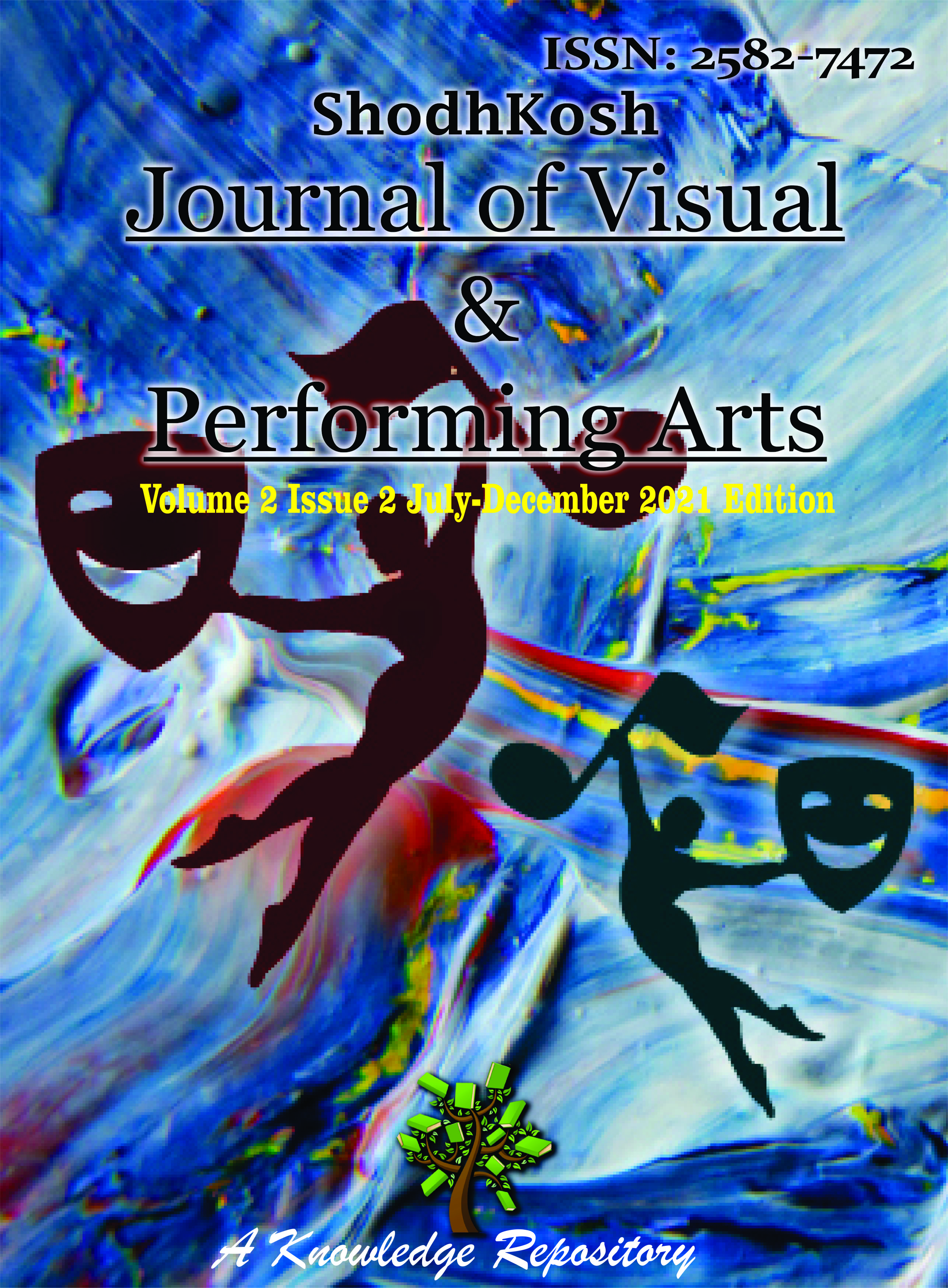RESISTANCE AND RENAISSANCE: POLITICAL AND AESTHETIC EVOLUTION IN THE WORKS OF AMIRI BARAKA AND MAYA ANGELOU
DOI:
https://doi.org/10.29121/shodhkosh.v2.i2.2021.4750Keywords:
Black Aesthetic Movement, Harlem Renaissance, Protest Writing, Black Identity, Amiri Baraka, Maya AngelouAbstract [English]
Inspired by Phillis Wheatley, a young enslaved girl who became the first published African American poet, and nurtured by nationalist writers like Langston Hughes and Amiri Baraka, African American literature has evolved into a powerful and influential body of work. This literary tradition reached new heights with Maya Angelou, who has become an American icon. A prolific and multifaceted writer, Angelou’s legacy includes seven autobiographies, ten poetry collections, three essay compilations, and a vast array of films and television appearances spanning over fifty years.
The Harlem Renaissance and the Black Aesthetic Movement played a crucial role in affirming Black identity, shaping the voices of writers who sought to challenge racial injustice by celebrating Black culture. As a leading figure in the Black Arts Movement, Amiri Baraka championed Black self-determination and revolution through his poetry and plays, using them as instruments of radical resistance. His works, deeply political and confrontational, aimed to dismantle white supremacist structures while reclaiming Black cultural identity.
Like many Black writers, Angelou began her poetic journey with protest literature, channeling her righteous anger against racial injustice and the oppressive realities of white dominance in America. However, as both a poet and a human being, her vision expanded beyond the dichotomy of Black and White toward a more universal perspective. This book traces her poetic evolution, illustrating how she not only embodies Black aesthetics but ultimately transcends them, emerging as a powerful Black voice imparting an aesthetic philosophy for all of humanity.
References
Angelou, Maya. Complete Collected Poems of Maya Angelou. New York: Random House, 1994. Print.
Baraka, Imamu Amiri. The LeRoi Jones/Amiri Baraka Reader. New York: Thunder’s Mouth Press, 1991. Print.
Gates Jr., Henry Louis, and Nellie Y. McKay. The Norton Anthology of African American Literature. London: W. W. Norton and Company, 1997. Print.
McPherson, Dolly A. Order Out of Chaos: The Autobiographical Works of Maya Angelou. New York: Peter Lang Publishing, pp. 10–11. ISBN 0-8204-1139-6. Print.
Nyongesa, Andrew. Resistance in African Poetry: Postcolonial Perspective of Okot P’Bitek’s Song of Lawino and Okigbo’s Labyrinth and Path of Thunder. 2017. Print.
Bashir, Burhan. Poetry of Resistance: A Study with Reference to Faiz Ahmad Faiz. 2017. Print.
Al-Husseini, Sahar. The Issue of Race in Post-Colonial African American Poetry. 2018. Print.
Coon, Katherine Driscoll. “A Rip in the Tent: Teaching African American Literature.” Teaching African American Literature. Ed. M. Graham. New York: Routledge, 1998. 32. Print.
Washington, Elsie B. “A Song Flung Up to Heaven.” Black Issues Book Review 4.2 (2002): 56. Print.
Fernandes, Lilly. “A Survey of Contemporary African American Poetry, Drama & Fiction.” International Journal of Applied Linguistics & Literature. Australian International Academic Centre, 2 (2013): 134–137. Web. DOI: 10.7575/aiac.ijalel.v.2n.3p.134. DOI: https://doi.org/10.7575/aiac.ijalel.v.2n.3p.134
Richards, P. K. “Ambiguities of Biography: Introducing Rita Dove's Lyric Life Writing.” Axon: Creative Explorations 3.1 (2013). Web.
Tso, Yi-Hsuan. “The Gaze and Female Subjectivity in Rita Dove’s Poetry.” Feminist Studies in English Literature 19.1 (2011): 149–175. Print. DOI: https://doi.org/10.15796/fsel.2011.19.1.006
Ngersoll. “Black Literature Forum.” JSTOR 20.3 (1986): 227–240. Web. 28 Feb. 2012. DOI: https://doi.org/10.2307/2904368
Corley, Nicole A. “Exploring Poetry as Method: ‘Representing Faithfully’ the Narratives of African American High School Students and Their Mothers.” Volume 19, issues 5–6, 2019. Print. DOI: https://doi.org/10.1177/1473325019888010
Downloads
Published
How to Cite
Issue
Section
License
Copyright (c) 2021 Pankaj Kumar

This work is licensed under a Creative Commons Attribution 4.0 International License.
With the licence CC-BY, authors retain the copyright, allowing anyone to download, reuse, re-print, modify, distribute, and/or copy their contribution. The work must be properly attributed to its author.
It is not necessary to ask for further permission from the author or journal board.
This journal provides immediate open access to its content on the principle that making research freely available to the public supports a greater global exchange of knowledge.




























